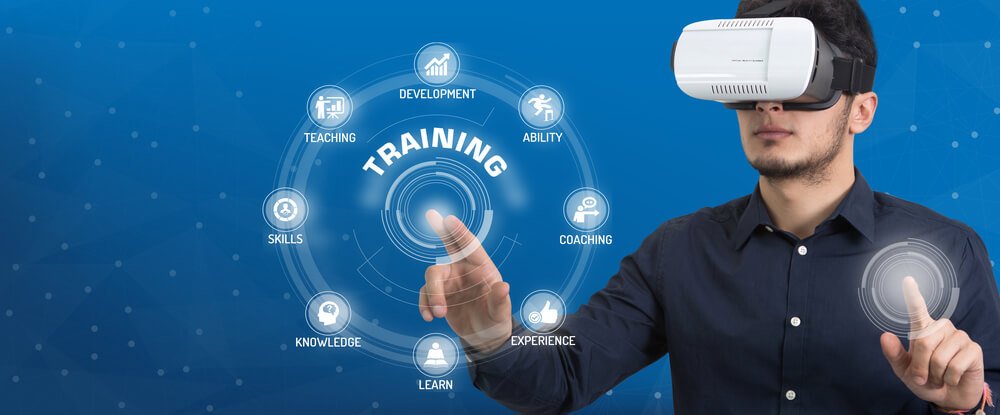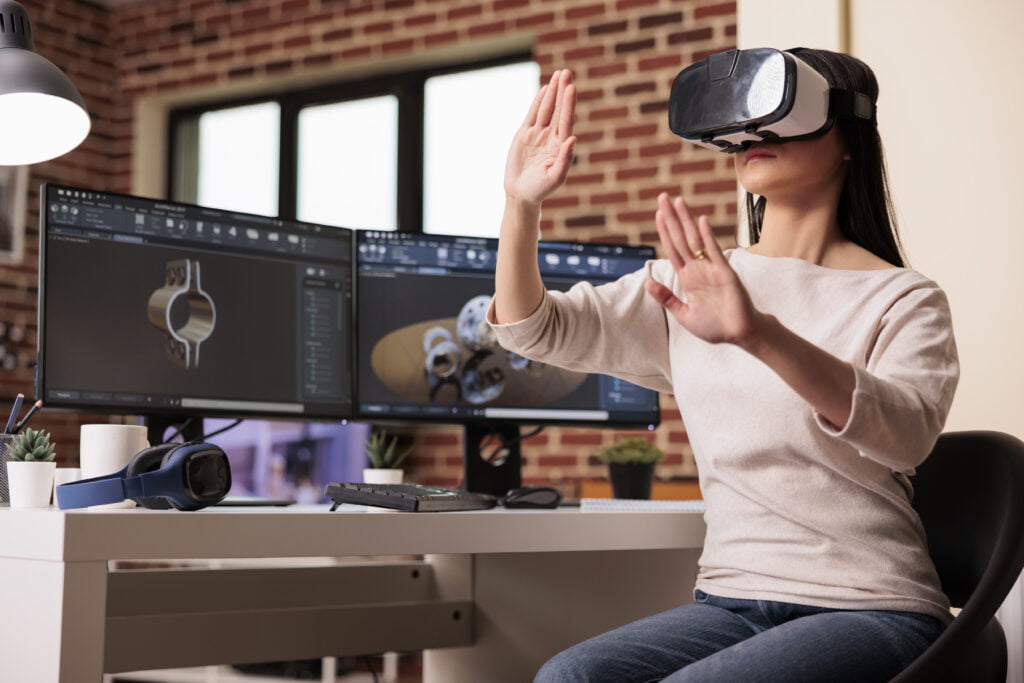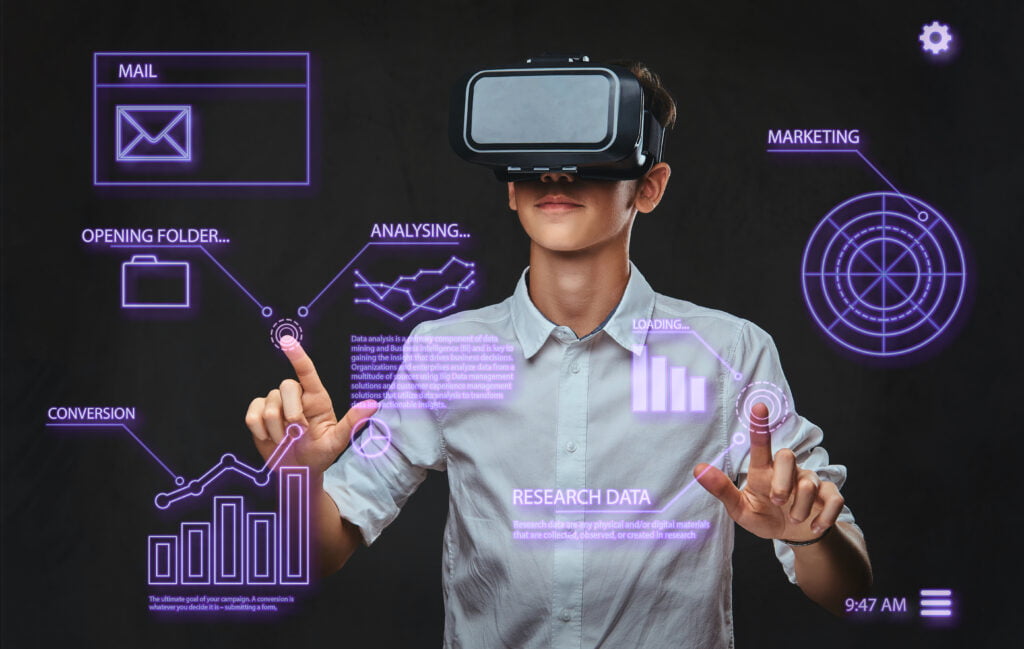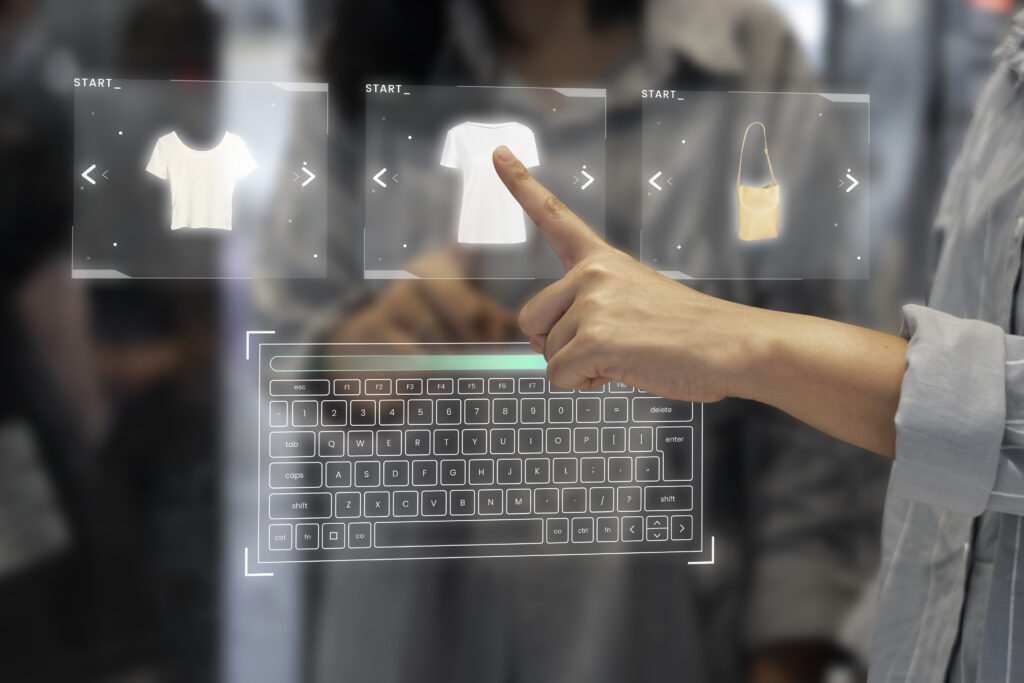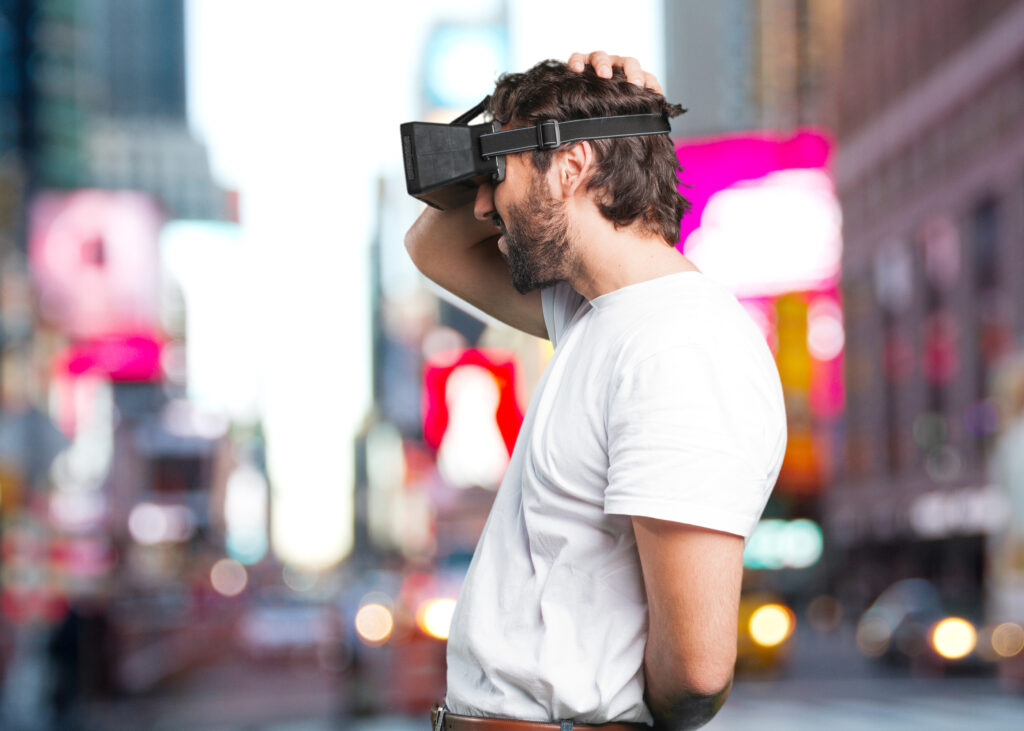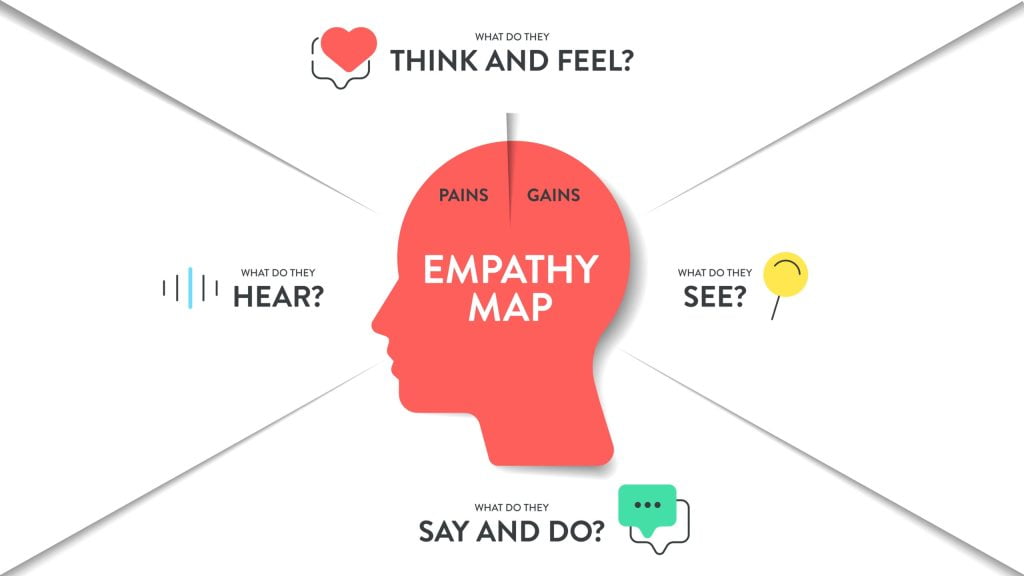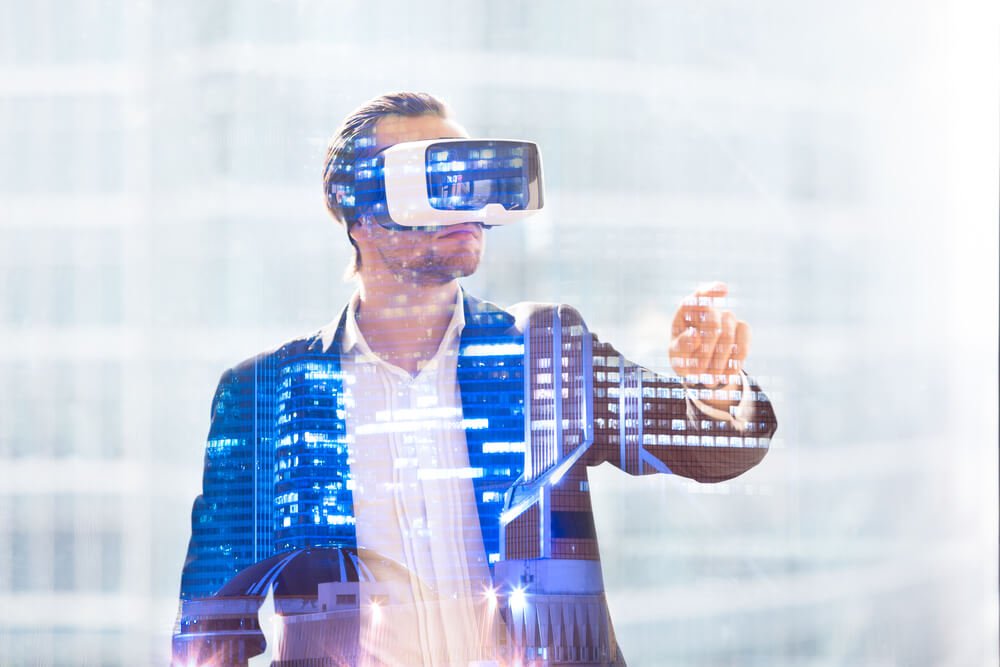Evidence for the Effectiveness of VR Training
Table of Contents:
Virtual reality has found its place in almost every industry over the past decade with many VR solutions for business already on the market. While it seems like training would be a natural use of the technology, with the ability to simulate almost any situation you can think of in a realistic and immersive environment, what evidence do we have of its efficacy? In turns out that a host of research papers have already been published on the topic, many in the world of VR solutions for healthcare, where the ability to remove the risk to life that training on a living patient involves is a huge advantage. In this article, we will look at some of the evidence behind virtual reality training to discover just how effective it is.
VR training = Saving lives
Resuscitation is a key part of emergency medicine. As such, it is an essential aspect of training for healthcare professionals, with traditional teaching often being performed in a classroom with the use of a model. However, with the addition of VR, this life-saving technique can be taught in a far more effective way. German start-up VIREED (Virtual Reality Education) have developed a number of solutions for training both individuals and groups in basic life support and emergency scenarios. Their immersive environments replicate the layout of real hospital rooms, and even make use of a physical mannequin to allow the user to practice doing compressions in a realistic way. During the Covid19 pandemic, they worked in conjunction with the University Medical Center Hamburg-Eppendorf to test out the effectiveness of their solution against traditional classroom learning. It was found that the VR training led to students being able to perform basic life support more quickly and with better results than the traditional training. Furthermore, the students reported more confidence in the VR training and overall felt that they had learnt more effectively using that method¹. Impressive results for virtual reality in healthcare, and ones which have been found in other contexts too.
Another study carried out in the middle of the Covid19 pandemic took place due to problems with social distancing created by the disease. In an attempt to prevent the spread of infection, and to reduce the burden on resources such as PPE, which was already high, VR training was implemented to see if it could take the place of traditional options. Once again, the results were positive, with participants being slightly more adept at carrying out safe examinations after the training. Furthermore, like with the resuscitation learning, the healthcare professionals in the VR groups felt much more satisfied afterwards than their non-VR counterparts, suggesting that VR training is more engaging than other methods².
Indeed, it seems to be user satisfaction that is one of the biggest advantages of VR training for healthcare over traditional methods. A study involving orthopedic trainees looked at different preoperative training methods to see which were the most effective. It was found that, while there were no differences in the results – things like surgical time and physical accuracy were the same whether the participants used VR or a physical simulation – the participants gave the VR training higher ratings than the other techniques³. If these methods can be implemented across the healthcare industry, they will provide far more affordable training which can be rolled out to areas with stretched budgets and without the space or equipment to carry out in-person teaching. We also know that people learn better if they are more engaged, so the subjective opinion of the trainees is crucial – it shows that they are more likely to take in the information presented to them.
VR training helping the elderly
VR training can also be used to improve quality of life for the elderly. Many older people suffer with mobility issues, often struggling with balance as they get beyond the age of 65. This can lead to falls, which can cause injury and significantly reduce future mobility. Back in 2018, using VR training through what now seems to be quite an old and primitive system, the Xbox 360 Kinect, a group at the Medical University in Szczecin, Poland, investigated whether they could improve balance and mobility in elderly patients over a 30-day period. The participants practiced games such as football, downhill skiing, and bowling, so the experience was also engaging and enjoyable. This helped to motivate them to carry out the training and made them feel more digitally engaged, something which elderly people can struggle with. The results were quite remarkable, with patients achieving gains in both static and dynamic balance, as well as big improvements in their mental health. As the authors of the study observed, depression and lack of physical activity go hand-in-hand with one another, so this kind of VR training can serve to lift multiple aspects of elderly people’s lives⁴.
Unlock the future with Mazer: Your innovation partner.
Industrial uses
Training people in how to use complex tools and heavy machinery can be dangerous and potentially expensive. But, with virtual reality solutions for business, these two problems can be overcome. A study published in early 2022 looked at the use of VR to train workers responsible for maintaining and repairing induction motors, stating that VR offers many advantages over traditional instruction. The authors highlighted that younger generations who have grown up with digital technologies all around them are simply not engaged by traditional learning anymore. However, the biggest benefits come in terms of health and finance. Expensive equipment does not get unnecessarily damaged, and less investment is required. Furthermore, companies that might not be able to afford expensive training facilities or equipment can still provide their employees with good quality training. As with the healthcare examples, this VR training for industry was highly effective, with participants providing largely positive feedback on the experience. The authors noted that the ability of users to learn by doing is one of the key benefits of VR training, something which is important when teaching people to carry out difficult technical tasks such as fixing hi-tech equipment⁵.
Virtual Reality Training for Soft Skills
So far, we have seen evidence for the effectiveness of VR training for healthcare and industry with a focus on hard skills, but what about soft skills? Can VR training solutions for business really help people to improve things such as leadership abilities and dealing with customers? In 2021, PwC carried out some research (once again motivated by the Covid19 pandemic) to test this, specifically looking at inclusive leadership. The results were highly in favor of VR training over the classroom or even e-learning. Trainees felt significantly more focused and more emotionally connected to the content during the VR experiences. The training was also much faster (4 times quicker than in the classroom) than the other methods, and, as we have seen in hard skills VR training, the participants felt far more confident to apply the skills they had learned (as much as a 275% improvement in confidence compared to 203% for e-learning and 198% for the classroom). Finally, they found the VR training to be more cost-effective in the long-term. Although VR technology requires a higher initial investment, once the equipment has been purchased, it can be reused for many years with many different employees using the same device. So, the longer you plan to use VR training and the more learners you plan to teach, the more cost-effective it becomes.
Enhanced feedback
One final and significant benefit of VR training for business is the ability to monitor performance in ways that just aren’t possible in the real world. In particular, the tracking technology in VR headsets and controllers allows companies to precisely measure the physical actions of trainees and to track their eye movements as well. Of course, all of the usual metrics, such as speed of completion, can also be monitored, making the VR experience both engaging for the trainee and efficient for the trainer. With such an enhanced level of data collection, employers can quickly analyze training programs and make changes to the content to optimize them for future participants. It is, therefore, also important for staff to be monitored after completing training to see if they are implementing what they have learned. And here, another benefit of VR training comes into play: if staff members fail to improve after one round of training, it’s easy for them to simply step back into the virtual environment to practice again. You don’t have to pay for them to go anywhere or for an external trainer to come back.
Final Thoughts
There is mounting evidence for the effectiveness of VR training for healthcare and industry, though there is clearly scope for it to expand into many other areas. Companies such as XR Wizards are already creating solutions for healthcare companies, with their Mazer platform offering a place for medical device manufacturers to conduct product launches, tutorials, and training, for example. As the evidence shows, with this platform and others, healthcare providers will be able to offer expert training in a more engaging way and at a lower cost in the VR world. The exciting thing is that this is just the beginning. Much more research will be needed to find out the true extent of VR training for business, so keep an eye on this ever-expanding technology to see how it might benefit your company in the future.
References
- Moll-Khosrawi, P., Falb, A., Pinnschmidt, H. et al. Virtual reality as a teaching method for resuscitation training in undergraduate first year medical students during COVID-19 pandemic: a randomised controlled trial. BMC Med Educ 22, 483 (2022). https://doi.org/10.1186/s12909-022-03533-1
- Birrenbach T, Zbinden J, Papagiannakis G, Exadaktylos AK, Müller M, Hautz WE, Sauter TC. Effectiveness and Utility of Virtual Reality Simulation as an Educational Tool for Safe Performance of COVID-19 Diagnostics: Prospective, Randomized Pilot Trial. JMIR Serious Games. 2021 Oct 8;9(4):e29586. doi: 10.2196/29586. PMID: 34623315; PMCID: PMC8510143.
- Margalit A, Suresh KV, Marrache M, Lentz JM, Lee R, Tis J, Varghese R, Hayashi B, Jain A, Laporte D. Evaluation of a Slipped Capital Femoral Epiphysis Virtual Reality Surgical Simulation for the Orthopaedic Trainee. J Am Acad Orthop Surg Glob Res Rev. 2022 Apr 1;6(4):e22.00028. doi: 10.5435/JAAOSGlobal-D-22-00028. PMID: 35467580; PMCID: PMC9042586.
- Kamińska, M. S., Miller, A., Rotter, I., Szylińska, A., & Grochans, E. (2018). The effectiveness of virtual reality training in reducing the risk of falls among elderly people. Clinical interventions in aging, 13, 2329–2338. https://doi.org/10.2147/CIA.S183502
- Checa, David & Saucedo-Dorantes, Juan & Osornio-Rios, Roque & Antonino-Daviu, J.A. & Bustillo, Andrés. (2022). Virtual Reality Training Application for the Condition-Based Maintenance of Induction Motors. Applied Sciences. 12. 414. 10.3390/app12010414.
What evidence supports the effectiveness of virtual reality (VR) training in healthcare?
Research demonstrates that VR training, such as that by VIREED, led to quicker and more successful basic life support performance compared to traditional methods, fostering greater confidence among healthcare professionals.
Can VR training be effective for developing soft skills?
PwC’s 2021 research affirms that VR training, specifically for inclusive leadership, surpasses classroom and e-learning methods. Trainees reported increased focus, emotional connection to content, faster learning, and heightened confidence
What is a significant benefit of VR training for business in terms of performance monitoring?
VR training allows precise performance monitoring through tracking technology in headsets and controllers, enabling employers to measure physical actions, track eye movements, and analyze metrics such as completion speed.
Unlock the future with Mazer: Your innovation partner.
Author: Rafał Siejca
Rafal has over twenty years of corporate experience, including roles at Millennium Bank, Comarch, and leading software teams at PZU, one of Europe’s largest insurance companies.As one of Poland’s few true VR experts with a decade of experience, he ensures timely, high-quality project delivery as CEO and CTO.

